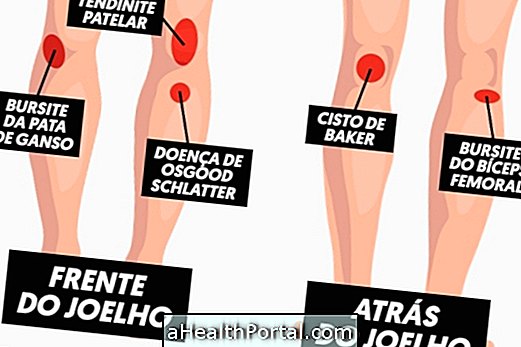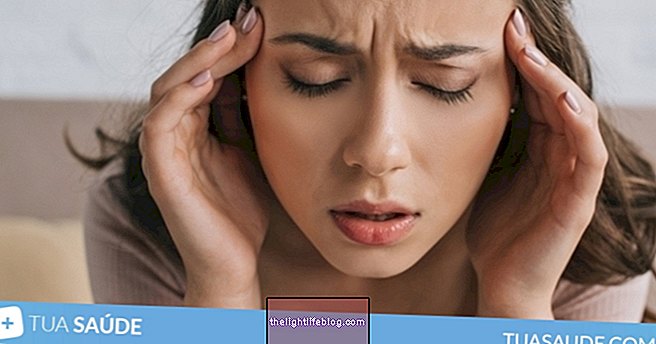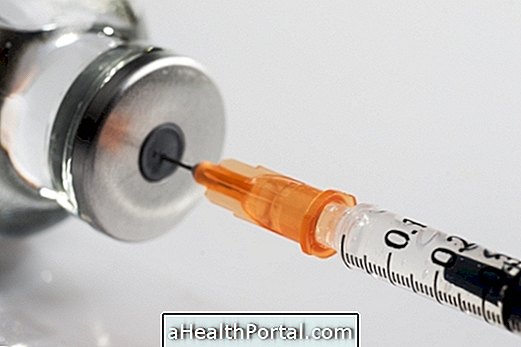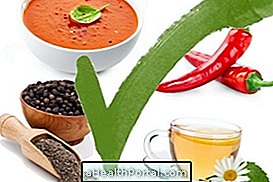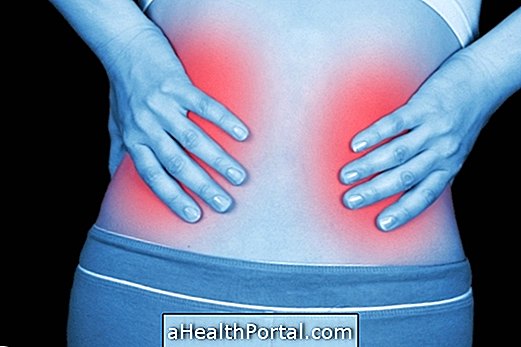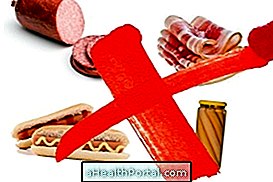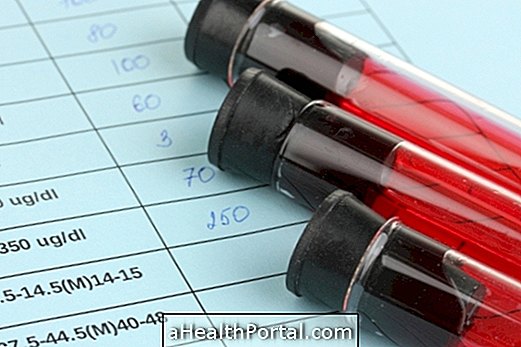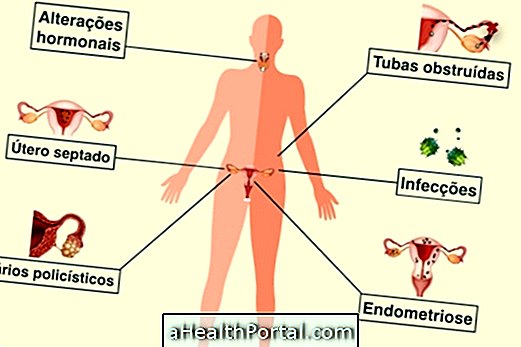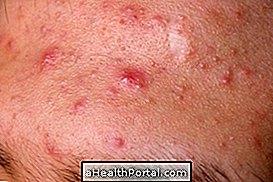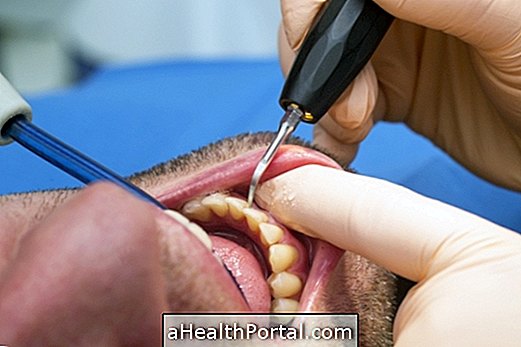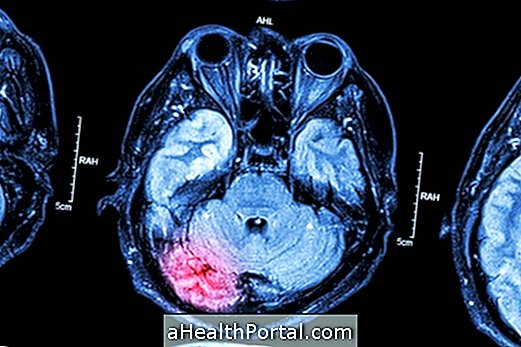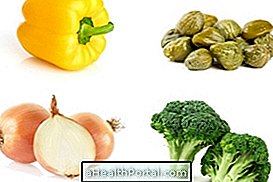Green diarrhea can occur due to excessive intake of green foods, due to a rapid passage of feces through the intestine, or even due to an infection or illness. The treatment consists of ingesting many fluids, oral rehydration salts and probiotics, however it depends a lot on what causes the problem, so if the duration of the diarrhea exceeds 1 or 2 days, you should go to the gastroenterologist.
Feces are made up of water, fibers, fecal bacteria, intestinal cells and mucus, and their color and consistency is usually related to food. However, the altered color of the stool may be a sign of bowel problems or other diseases. See what each color of feces can mean.
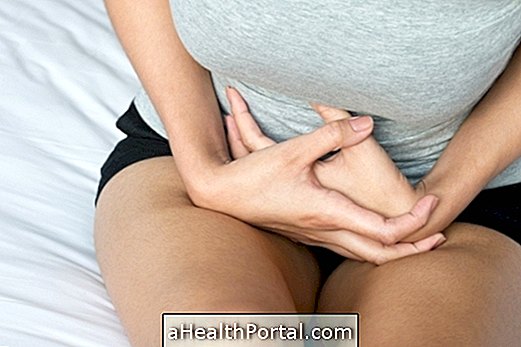
1. Eat lots of vegetables or green dye
Eating green foods containing chlorophyll, such as some vegetables, or foods with green dye, can give rise to greenish stools, however, their coloration returns to normal when the body eliminates these foods.
In addition, consuming excess food supplements can also make stools darker and more greenish, especially if these supplements contain iron in their composition.
2. Use laxatives
Bile is a brownish-green liquid, produced in the liver and has the function of digesting fat from food. When bile digests fats, nutrients can be absorbed from the intestine into the blood, and bile continues through the intestine, gradually changing color from green to brown, which can take hours or even days.
Thus, in situations where the intestinal transit is faster, such as in cases of use of laxatives or situations of diarrhea for example, they can cause a faster intestinal transit, making the stool more liquid and not giving time to the bile to change of color.
3. Infections in the intestine
Green diarrhea may also be caused by infections with Salmonella sp . or Giardia lamblia . Salmonella sp . Infection is a bacterial infection of the intestines usually caused by contaminated food and green diarrhea is one of the main symptoms and may be accompanied by other symptoms such as nausea and vomiting, abdominal pain, fever, blood in the stool, pain head and muscle. The infection usually cures without medicines, but can be alleviated with analgesics for abdominal pain and in more severe cases with antibiotics.
Giardiasis is a disease caused by a parasite called Giardia lamblia, normally caused by the ingestion of contaminated water. In addition to the green liquid diarrhea, it can cause other symptoms such as gas, abdominal pain and distention, fever, nausea and vomiting, loss of appetite or dehydration. This infection can be alleviated with painkillers, antibiotics and drinking lots of water.
4. Irritable bowel or Crohn's disease
People with Crohn's disease, irritable bowel syndrome or ulcerative colitis may also have green stools, due to poor digestion of fats, associated with other symptoms such as abdominal pain or excess gas.
In addition, people who have removed the gallbladder may also have green stools, because as the bile produced in the liver is not stored in the gallbladder, it passes into the intestine, thus giving a green color to the stool.
What green feces can be in babies
In the first few days after delivery, and while the baby is exclusively breastfed, it is normal to present soft greenish stools, turning yellow and then brown until the first year of age.
For infants fed infant formulas, green stools may continue for longer, probably due to the composition of the formulas, which contain iron in their composition. However, this color may also be due to an infection, milk change, or intolerance to some food or even due to the use of medicines.
See what each color of baby's stool can indicate.
